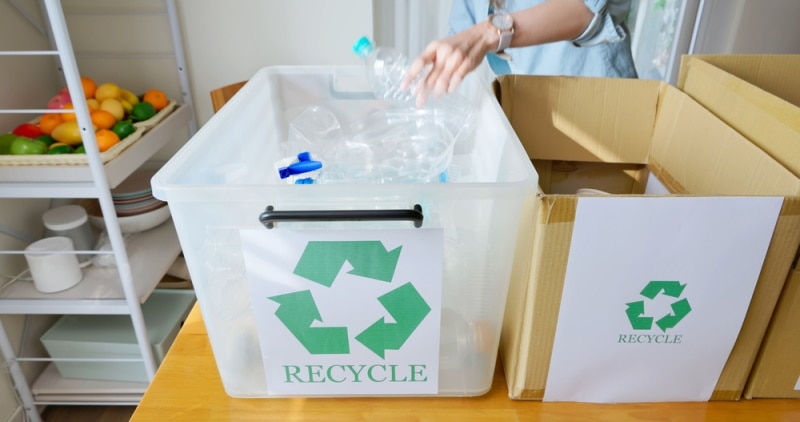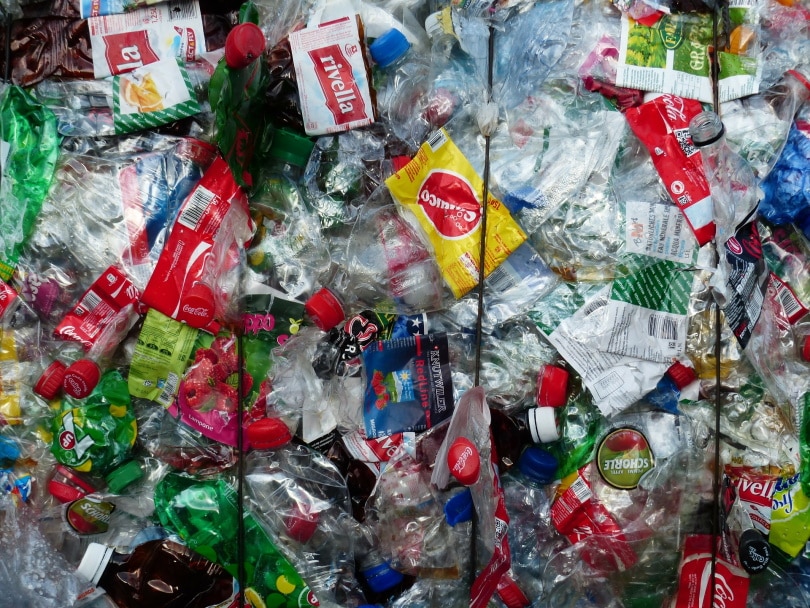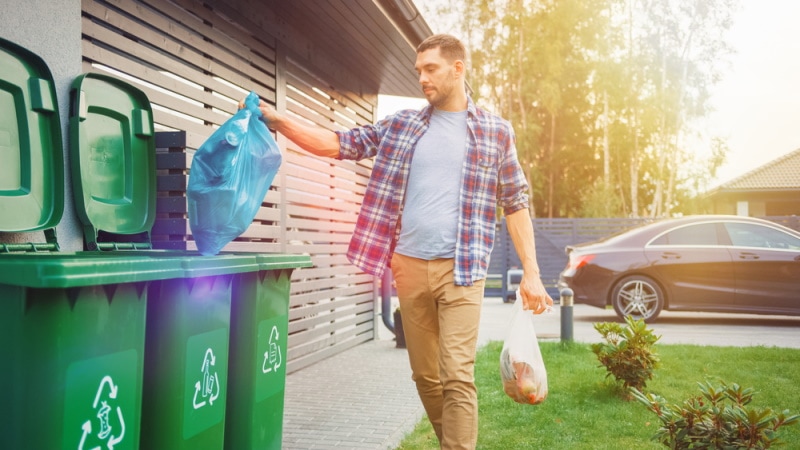What Percentage of Recycling Ends Up Getting Recycled? (2025 Update)
-
Pete Ortiz
- Last updated:

As more and more people strive to live a greener lifestyle, recycling has become an increasingly popular way to reduce waste. However, what many people don’t realize is that not all recycling actually ends up getting recycled. In fact, around 35% of recyclable materials are never recycled at all.
So, what happens to all of those recyclables that never make it to the recycling center? Unfortunately, most of them end up in landfills, taking up valuable space and contributing to pollution.
What Percentage of the Plastic We Use Ends Up Being Recycled?
In the United States, only 9% of plastic actually gets recycled into new plastic products. That leaves 91% of all recycled plastic destined for the landfill or incinerators. And the problem with plastic doesn’t stop at its low recycling rates.
When plastic does end up in the recycling bin, it often contaminates other materials, making them harder to recycle. And when plastic is burned, it releases harmful toxins into the air.

The Solution?
The good news is that we can all do our part to reduce our reliance on plastic. For example, there are a few ways you can make a difference:
- Bring your own reusable bags to the store
- Use reusable water bottles
- Recycle any plastic that you do use
- Say no to plastic straws
By making small changes in our daily lives, we can collectively make a big difference in the fight against plastic pollution.
The Bigger Picture
It is certainly a good thing to try to reduce your use of plastic. But we also need to think about the bigger picture—there is still an unreasonable percentage of recyclable products getting sent to landfills.
That includes everything from metal and glass to paper and plastic. Metal, for example, does a lot better than plastic in terms of getting recycled. But there’s still around 30% that ends up in landfills.
Glass, on the other hand, fares better than both plastic and metal, with only about 5% ending up in a landfill.
Lastly, there’s paper. While paper recycling rates have increased significantly over the years, there’s still around 30% that ends up in the trash.
So, what can be done to increase recycling rates? There are a few things that would help:
- Making it easier for people to recycle
- Improving public education about recycling
- Creating better infrastructure for recycling
- Providing financial incentives for recycling
There’s no one-size-fits-all solution to the problem of recycling, but if we all work together, we can make a difference.

Conclusion
Although the public conscience has been raised about the importance of recycling, the infrastructure to recycle most materials is not yet in place. And as a result, far too much waste ends up in landfills that could have been recycled.
It’s going to take a concerted effort from both the public and private sectors to make recycling more widespread and effective. But if we’re able to do so, it would have a major impact on the amount of waste that ends up in our landfills.
Featured Image Credit; aslysun, Shutterstock
Contents


